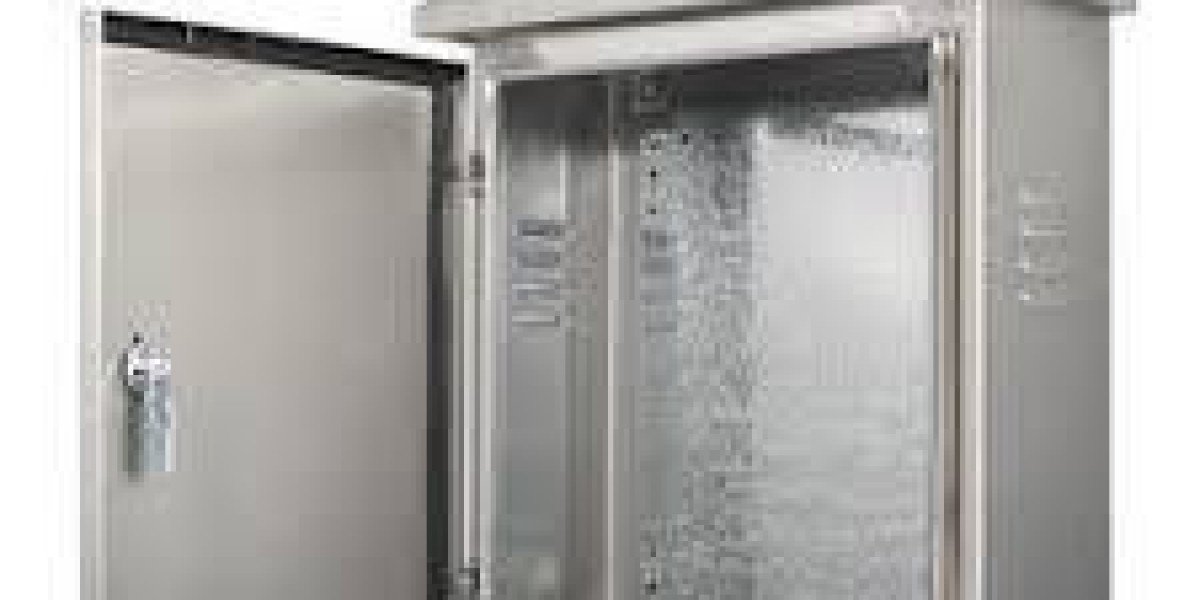Point-to-point transportation refers to a method of travel or shipping where passengers or goods are transported directly from one origin to one destination without intermediary stops or transfers. This approach is commonly contrasted with the hub-and-spoke model, where trips are routed through a central hub before reaching the final destination. In the modern landscape of logistics, public transport, and air travel, point-to-point transportation systems have gained increasing attention due to their efficiency, flexibility, and direct service advantages.
1. Definition and Core Concept
At its core, point-to-point transportation is defined by its simplicity: a vehicle (be it a bus, plane, train, or delivery van) picks up passengers or goods at a specific location and delivers them directly to another location without intermediate detours. This model minimizes travel time, reduces complexity, and is often more appealing to customers who prioritize direct service.
For example, in air travel, a point-to-point airline like Southwest or Ryanair connects secondary cities directly rather than funneling passengers through major hub airports like Heathrow or O'Hare. In logistics, companies like FedEx or Amazon may use direct routes for priority or local deliveries to increase speed and reduce handling errors.
2. Applications Across Different Sectors
a. Air Travel
Low-cost carriers have famously adopted the point-to-point model to reduce costs and improve efficiency. These airlines bypass expensive hub operations and instead rely on quick turnarounds and high-frequency, direct routes. This allows them to operate profitably even with lower ticket prices.
b. Ground Transportation
Point-to-point services are a cornerstone of urban and regional transportation. Ride-sharing services like Uber and Lyft are the most recognizable examples of point-to-point mobility, providing users with direct, on-demand transportation from their current location to their destination. Shuttle services, intercity buses (e.g., FlixBus), and private charters also frequently use this model.
c. Freight and Logistics
In freight logistics, point-to-point delivery ensures that high-value or time-sensitive goods arrive faster. Direct routes are commonly used in just-in-time (JIT) manufacturing, same-day delivery services, and private cargo contracts. They reduce handling, limit potential for damage, and speed up delivery times.
3. Advantages of Point-to-Point Transportation
a. Efficiency
By removing the need for transfers or stopovers, point-to-point transportation can significantly reduce total travel time. It also cuts down on operational delays commonly experienced in hub-and-spoke systems.
b. Cost-Effective for Certain Models
For carriers or companies focused on serving popular routes with consistent demand, point-to-point routes can be cheaper to operate because they require fewer personnel, infrastructure, and coordination.
c. Flexibility
This model supports a high degree of route flexibility. As demand shifts, routes can be added or removed with less disruption compared to hub-centric models that require balancing multiple connecting services.
d. Enhanced Customer Experience
Passengers generally prefer direct routes due to their simplicity and speed. Avoiding layovers or transfers reduces the physical and mental burden of travel, which is especially valuable in personal transportation and premium logistics services.
4. Challenges and Limitations
Despite its advantages, point-to-point transportation has some drawbacks:
a. Network Coverage
Unlike hub-and-spoke systems that can efficiently connect many destinations through a central point, point-to-point networks can be limited in scale. Providing service between every possible origin-destination pair requires a large number of individual routes, which may not be economically viable.
b. Load Factor Variability
This model can suffer from inefficient resource use on routes with low demand. In contrast, hub systems can pool demand, making it easier to maintain high load factors on central legs.
c. Infrastructure Demands
Running many direct routes may require a more extensive fleet, more drivers or pilots, and a greater coordination effort, especially if the system tries to match the flexibility of a hub network in terms of coverage.
5. Technological Impact and Innovation
Advancements in AI, data analytics, and logistics software have significantly improved the feasibility of point-to-point transportation. Real-time route optimization, predictive demand forecasting, and dynamic scheduling enable companies to minimize empty runs and match supply with demand more effectively.
Autonomous vehicles and drones are poised to further revolutionize this sector. In last-mile delivery, point-to-point drones can transport small packages directly to customers' doorsteps. Similarly, self-driving cars may one day operate fully autonomous, on-demand point-to-point passenger services.
6. Environmental Considerations
Point-to-point systems can offer environmental benefits when they replace inefficient, multi-stop journeys with direct routes that burn less fuel. However, the benefits depend heavily on vehicle type and load efficiency. A fully-loaded point-to-point bus is greener per passenger than multiple single-passenger vehicles operating the same route.
That said, if demand is too low, point-to-point services can result in higher per-passenger or per-parcel emissions than consolidated systems. Balancing direct service with sustainability goals is an area of active development in transport planning.
7. Future of Point-to-Point Transportation
The future of point-to-point transportation lies in hybrid models that combine the best of both worlds: direct services where demand is high, integrated with hub systems where connectivity is more important. Smart cities are increasingly experimenting with microtransit systems — dynamic, app-based point-to-point shuttles that adapt to real-time demand.






